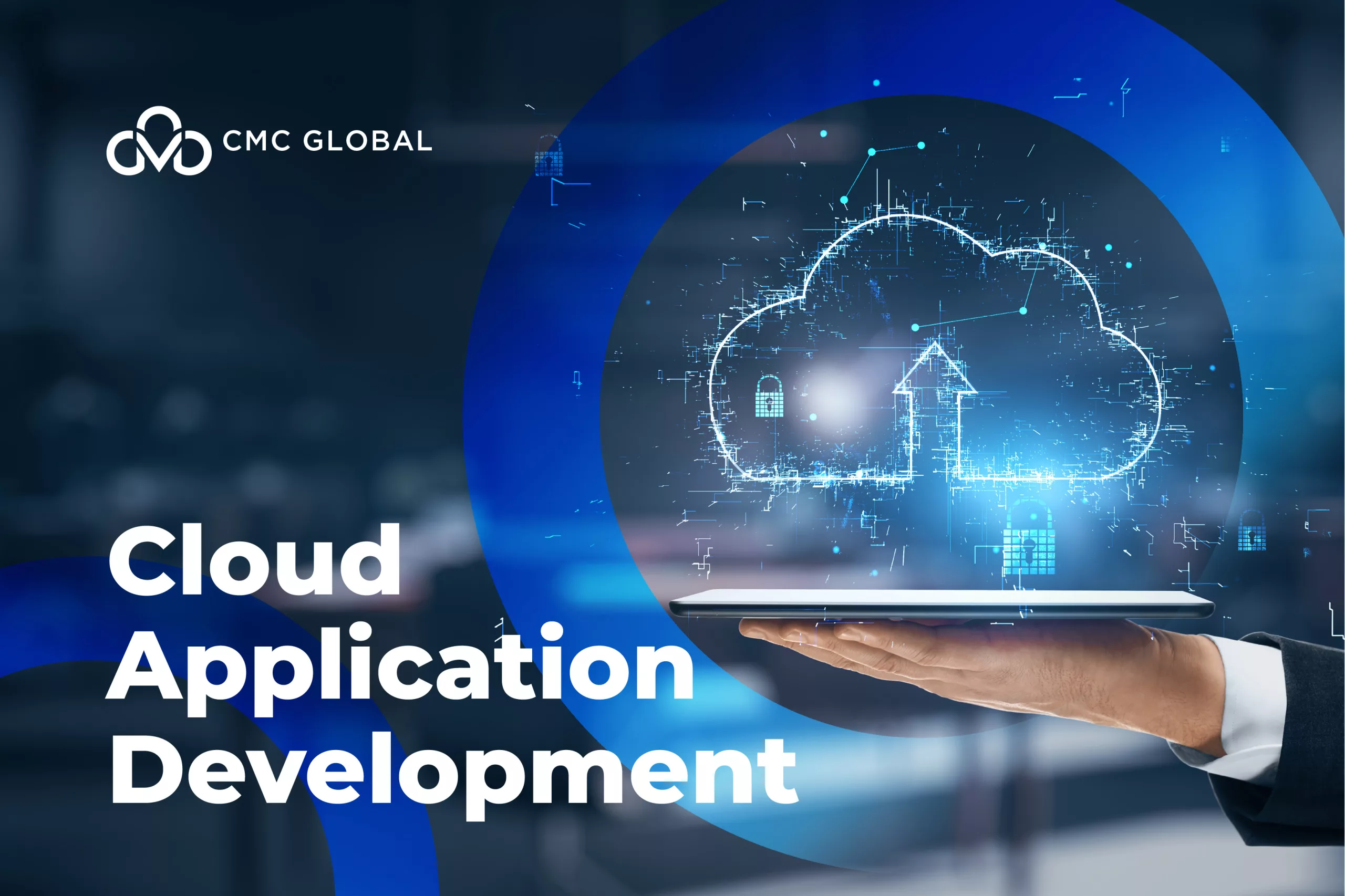In a world where digital technologies and AI are transforming how we live and work, the Australian Government just introduced the Data and Digital Government Strategy late last year. This initiative outlines a clear vision for providing streamlined, secure, and integrated public services to individuals and businesses, backed by top-tier digital and data infrastructure.
Central to this strategy is the understanding that data is more than just an asset—it’s the foundation of good governance. The unification of data will play an important role in improving service delivery, refining policy decisions, and shaping future initiatives.
Addressing Traditional Data Challenges
To bring this strategy to life, several traditional data challenges need to be addressed:
#1 Privacy and Security
- Maintaining the right balance between open access to data and safeguarding privacy is complex but necessary.
- It’s essential to apply appropriate consent mechanisms and auditing processes to ensure trust and responsible data use.
#2 Legacy Systems and Silos
- Outdated systems across government agencies often prevent smooth data sharing and integration.
- Breaking down these silos is key to enabling a seamless flow of data.
#3 Data Quality and Consistency
- Government datasets often suffer from inconsistent formats, inaccuracies, and duplication.
- Ensuring high-quality, standardized data is critical for making sound, data-driven decisions.
Reasons Traditional Data Management Methods Will Fail To Achieve The Desired Outcomes

Traditional data management methods are no longer effective in meeting the demands of modern data strategies. These older architectures rely on consolidating data from various departments and agencies into a centralized location, often in the form of a data warehouse.
While more recent versions of this approach use cloud-based systems, such as data lakes or lake houses, the core architecture remains the same. Whether data is copied, replicated, or ingested into an on-premise warehouse or a cloud storage system, the limitations of centralization persist. This makes such approaches impractical for achieving the goals of today’s data strategies, both in the short and long term.
One major challenge is the diversity of data sources. In our digital world, data comes from various sources—government agencies, social media platforms, Internet of Things (IoT) devices, and more. Attempting to consolidate all this information into one central repository is not only unmanageable but also highly inefficient.
Another issue is the speed and volume of data generation. As data is generated at an ever-increasing pace (referred to as data velocity), the task of centralizing this data becomes unmanageable. Real-time data streams and enormous datasets require more dynamic, distributed solutions that centralization simply can’t offer.
Additionally, centralizing data can lead to the creation of data silos. While the goal may be to combine datasets by moving some to the cloud, the reality is that this process often fragments data further, creating even more silos. This fragmentation slows down data access and creates bottlenecks for agencies, hampering their ability to make timely and informed decisions.
5 Major Data Management Trends in 2024-2028

Trend 1: Transition to Cloud-based Master Data Management (MDM) Solutions
The adoption of cloud-based MDM solutions is rapidly becoming a key trend in master data management. These platforms offer significant advantages, such as scalability, flexibility, and cost-efficiency, while enabling data access from any location with an internet connection.
For businesses seeking a comprehensive view of their enterprise data, this transition can deliver immense benefits. Not only does it enhance decision-making, but it also boosts operational efficiency.
Moreover, cloud-native MDM solutions promote seamless data integration and collaboration among stakeholders, ensuring smoother business processes and secure data accessibility anytime, anywhere.
Trend 2: Leveraging Artificial Intelligence (AI) and Machine Learning (ML)
The integration of AI and machine learning into master data management is another significant trend. These technologies improve data quality, automate governance processes, and enable real-time data analysis.
AI-driven tools for data profiling and modeling also strengthen the consistency and accuracy of your data assets. In addition, modern machine learning algorithms can detect hard-to-find data quality issues and recommend corrective actions, further optimizing business operations.
Trend 3: Data Fabric
Data fabric represents a modern approach to data management, where data from various sources, applications, and systems is connected to form a unified, organization-wide view.
This comprehensive perspective allows businesses to make more informed decisions, improving both internal and external processes and enhancing the overall customer experience.
A key benefit of data fabric solutions is their ability to support seamless data integration. This reduces data silos and strengthens your master data management strategy, making operations more efficient and cohesive.
Trend 4: Automating Data Governance
The automation of data governance is gaining importance as businesses strive to enhance data quality and control access more effectively. An automated governance framework can efficiently manage key elements such as:
– Metadata
– Data lineage
– Compliance requirements
This approach not only strengthens data security but also ensures that essential data is always accessible for crucial business needs and regulatory audits.
Trend 5: Data privacy
Australian organizations are projected to invest over AU$7.3 billion in information security and risk management solutions in 2024, marking an 11.5% rise from 2023, according to Gartner, Inc.’s latest forecast. The strongest growth is anticipated in cloud security, with spending expected to surge by 26.9% in 2024.
As data privacy and security gain greater significance, organizations are actively seeking methods to safeguard their information from breaches, hacking, and various threats. This has led to the growing use of data encryption, tokenization, and other security protocols in master data management systems.
By adopting these advanced security measures, companies can protect sensitive customer and product data while ensuring compliance with regulations like GDPR, CCPA, and others.
In addition to fostering customer trust, these actions also strengthen stakeholder confidence, including investors, enhancing the company’s reputation and opening up new growth opportunities.
Preparing For The Future Of Data Management
Australia’s companies are increasingly recognizing the importance of data analytics and management in driving growth and innovation. Partnering with CMC Global offers a strategic advantage, particularly following their recent collaboration with Databricks to accelerate AI and data transformation. This partnership enhances CMC Global’s capability to deliver cutting-edge solutions that empower businesses to harness their data effectively.
By leveraging Databricks’ unified analytics platform, CMC Global helps organizations streamline data processes, improve operational efficiency, and unlock valuable insights. This synergy enables Australian companies to not only optimize their data management practices but also gain a competitive edge in the marketplace.
With CMC Global’s expertise in data analytics and a strong alliance with Databricks, businesses can confidently navigate the complexities of the data landscape and drive transformative outcomes. Embracing this partnership allows companies to invest in their future, ensuring they remain at the forefront of technological advancements.
Contact us for a further consultation!




